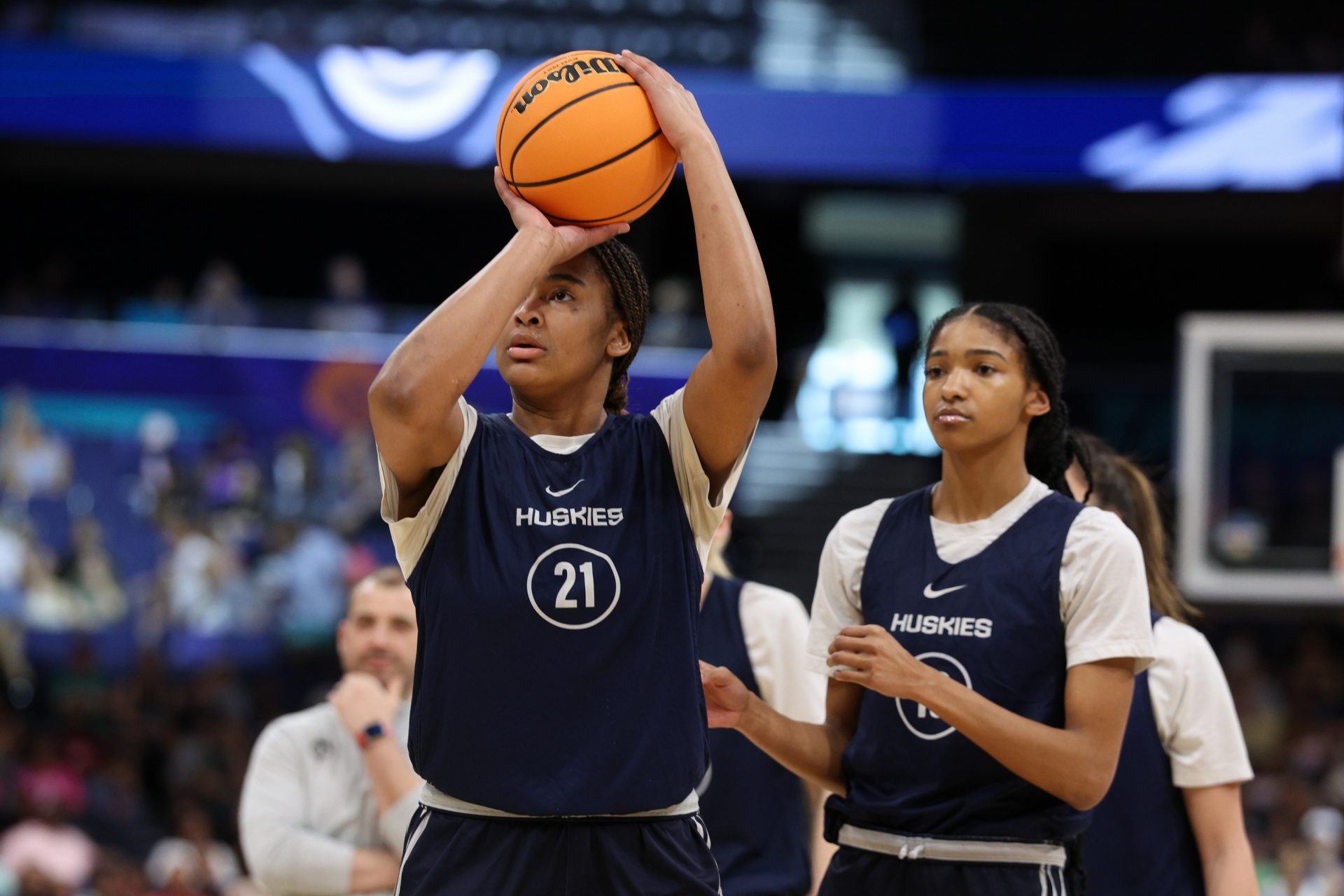The world of women’s college hoops is electric — a world of clutch threes, buzzer-beaters, and rivalries. But how many scholarships actually exist in the world of women’s college basketball?
NCAA Division I: The Full-Ride Cap in the Women’s College Basketball Field
Teams in NCAA Division I women’s basketball can grant 15 full scholarships. Unlike many other sports, which can distribute partial aid packages, women’s basketball operates under a headcount system.
So, every scholarship represents one full scholarship, no matter how much the player plays—40 minutes a night or riding the bench.
That 15 total is noteworthy because it provides programs with flexibility and depth, particularly in an injury-prone sport where rotations can change rapidly over the course of a season. A typical team may only have 12–13 players that suit up on a regular basis, so having two or three extra scholarship spots provides useful insurance.
It’s also interesting to point out that walk-ons — players who do not receive a scholarship — may still be members of the team, though they do not count toward the 15-player quota. In fact, a number of walk-ons have ended up receiving a scholarship down the line or even emerged as major contributors.
NCAA Division II: Partial Packages in Play
Things are a bit more nuanced at the NCAA Division II level. There, schools can give out 10 full scholarships, but there’s a catch — coaches have the freedom to hand those scholarships out as they please.
Thus, rather than providing 10 full rides, a coach may provide 20 half-scholarships or 15 players a combination of partial and full aid. This model of equivalency provides more athletes with some sort of aid, albeit not the full tuition/room/board package that DI provides.
That flexibility benefits DII schools in bringing in more players, particularly those who are solid academically and might blend athletic scholarships with academic assistance or need-based assistance.
NCAA Division III: No Athletic Scholarships, But Still Competitive
DIII is an entirely different game. There are no athletic scholarships given — none whatsoever. That is not to suggest that players don’t receive something. DIII institutions typically give full-ride academic scholarships and need-based aid. And many players use these opportunities to receive a top-notch education while still playing at a high level.
Even without athletic aid, DIII women’s basketball is competitively quite high. Schools such as Amherst, Tufts, and Hope College have consistently fielded championship-level teams.
Title IX’s Impact
A key consideration in the allocation of scholarships — particularly for women’s athletics — is Title IX, the federal law that bans sex-based discrimination at any school that receives federal money.
Title IX doesn’t call for equal scholarship counts for men’s and women’s athletics, but it does insist on proportional athletic opportunities relative to enrollment. Because football (with 85 scholarships) heavily tilts toward male opportunities, women’s sports — such as basketball — frequently receive more scholarships to offset the imbalance.
KEEP READING: 7 Unbreakable Women’s College Basketball Records in NCAA History
Consequently, women’s basketball is left with more scholarships than men’s basketball at the Division I level, where men have a limit of 13 to the women’s 15.
College Sports Network has you covered with the latest news, analysis, insights, and trending stories in football, basketball, and more!



